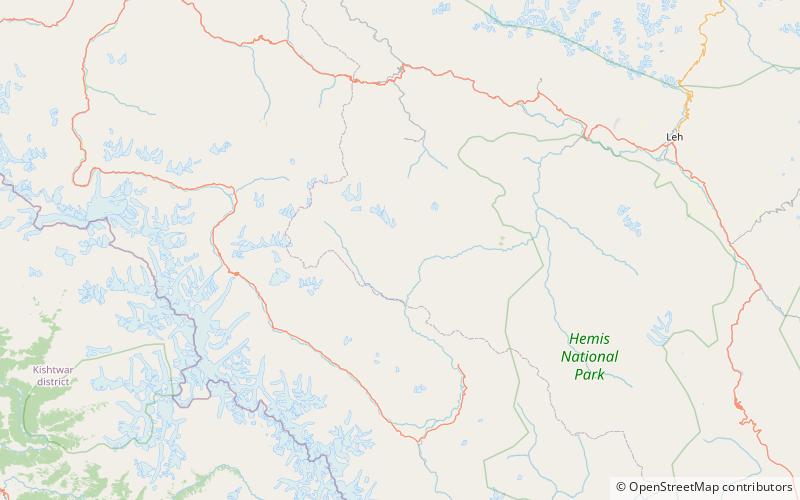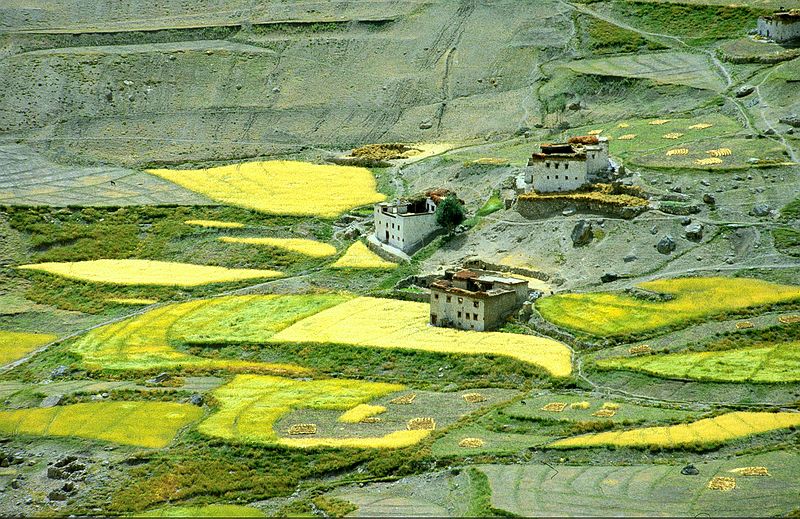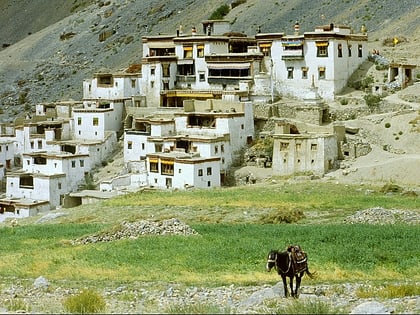Lingshed Monastery


Facts and practical information
Nestled amidst the remote and serene landscapes of the Zanskar region in Ladakh, India, the Lingshed Monastery is a beacon of spiritual heritage and architectural splendor. This Buddhist monastery, also known as Lingshed Gompa, dates back to the 11th century and is a vital center for the Gelugpa sect of Tibetan Buddhism.
Perched at an altitude of over 4,000 meters, the journey to Lingshed Monastery is an adventure in itself, involving treks through rugged terrains and high mountain passes. The monastery's isolation has helped preserve its ancient traditions, rituals, and a way of life that seems untouched by the passage of time.
Visitors to the Lingshed Monastery are greeted by an imposing structure that harmoniously blends with the natural surroundings. The monastery complex houses a main prayer hall adorned with intricate murals, thangkas, and statues of various Buddhas and Bodhisattvas. The vibrant colors and the profound sense of peace within these walls provide a glimpse into the spiritual dedication of its monks.
The monastery is also known for its annual festivals, particularly the Lingshed Festival, which draws devotees and curious travelers alike. During this time, the monks don colorful robes and masks to perform sacred Cham dances that symbolize the victory of good over evil.
The Lingshed Monastery is not just a religious site but also an important cultural repository. It holds ancient manuscripts and texts that are invaluable to scholars studying Himalayan Buddhism and culture.
Despite its remote location, the monastery has embraced modernity to some extent, with solar panels installed to provide electricity, thus ensuring that the resident monks and students have access to basic amenities.
Jammu and Kashmir
